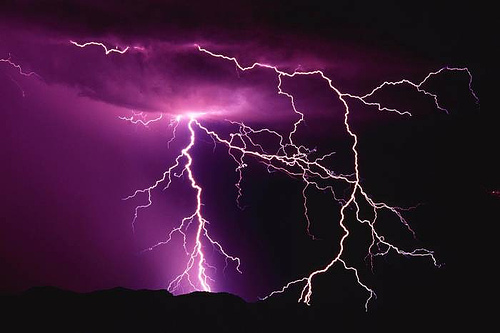Here’s another one of those myths people love to bring up in the face of new technology. You’ve heard this sort of thing before. Everything from, texting will deprive our children of social skills, to too much screen time could rewire people’s brains. This sort of thing isn’t knew. You just know when cars were replacing horses that someone was complaining that driving would destroy the horse-based infrastructure of the day.
It’s normal to be worried about new technologies and their impact on the world. Sometimes those concerns are valid. It’s hard to argue that there’s been no impact to the planet from all our fossil fuel burning, but on the other hand people worried a long time ago that radio waves would fry people’s brains. Most folks stopped worrying about that a long time ago.
The latest myth: wireless charging
The latest conspiracy theory says that wireless charging of our devices will tax the power grid to the point where we won’t be able to keep up. I’ve heard the same thing about electric cars. In both cases it’s not true.
Wireless charging does take more energy than charging over a wire. That’s because wireless charging is much less efficient. A lot of current is lost in the tiny gap between the wireless coil and the phone, so the coil has to put out more current to compensate. Or, if it’s not capable of putting out more current (in the case of first-gen wireless chargers) then the charge will take longer and that will take more energy.
All that’s true. However, you need to realize that wireless charging takes very little energy. All charging takes very little energy. First-gen chargers (whether wired or wireless) pull 5 volts at 1 amp. That’s 5 watts, about the same as a night light. Faster chargers can pull more, that’s true. A typical fast charger might pull as many as 18 watts, about as much as a typical LED light bulb. But all this is nothing compared to a typical air conditioner which can pull 6,500 watts, or an electric oven which might pull 5,000 watts. These are the kind of devices which can cause strain on the power grid. Even an 18 watt device isn’t going to do that.
But if everyone has ten wireless devices…
That’s the next part of the myth. You’ll hear that sure, people have only one air conditioner and one oven, but could have a lot more wireless devices than that. Again, it doesn’t really wash. Let’s take a typical high-powered wireless charger. When unused, it’s going to pull very little power. In use it’s going to use about 18 watts. So you would need about 300 wireless chargers in your home to equal the impact of one air conditioner.
Look, I’m not saying that wireless charging is a free lunch. The demand on the power grid is always increasing. We all plug more things in than ever before. I’m just saying that if you’re worried about decreasing the strain on power plants, you should probably start with much more high-drain devices that run all day.
And, before you point out electric cars again, a typical home charger runs about 8,000 watts. That’s true. So it’s straining the grid quite a bit. But the cost of mining, refining, and transporting gasoline is a lot more than that, all told.
When you’re looking for wireless charging accessories…
or anything else to live your best digital life, shop the great selection at the all-new Solid Signal. We don’t sell electric cars yet, but we sure do sell a lot of wireless chargers.





